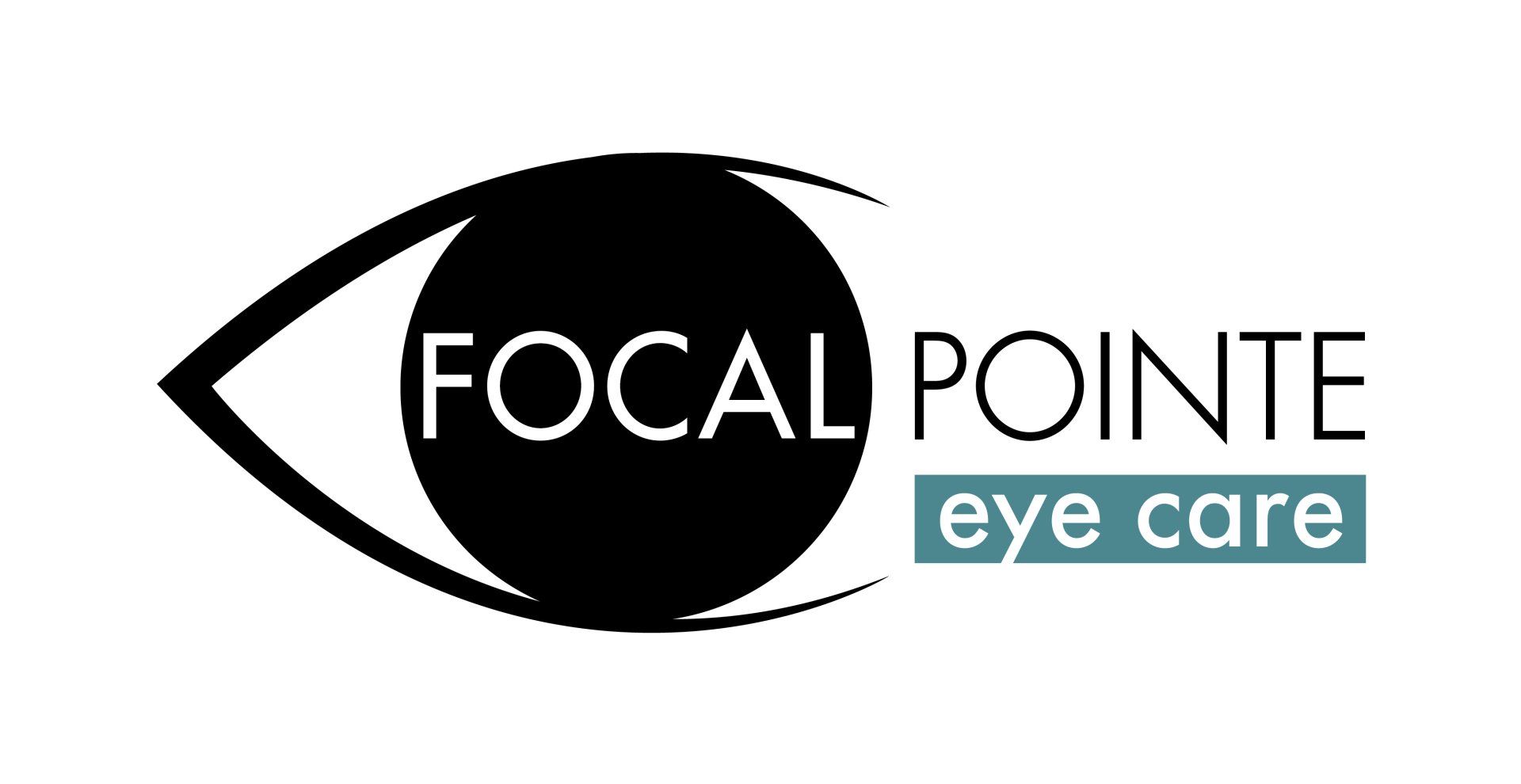DON'T BE BLINDSIDED BY GLAUCOMA
Commonly referred to as the "Silent Thief" because it is often symptomless, Glaucoma is a vision-stealing disease that affects more than 3 million Americans.
Glaucoma is associated with an increase in pressure inside the eye. Increased eye pressure can damage your optic nerve.
We have fluids running throughout our bodies and our eyes are no exception. In a normal eye, fluids entering the eye are able to leave the eye just as easily. When there is blockage on the drainage side of the eye, fluid in the eye can experience a build up of pressure. This pressure can then cause damage to your optic nerve, resulting in vision loss and even blindness.

Photos provided by the National Eye Institute, National Institutes of Health
There are several forms of glaucoma of which the most common is called open-angle glaucoma. This version accounts for 90% of all glaucoma cases.
Because it develops slowly over a long period of time, most people don't notice any symptoms or eye damage. More that 50% of people with glaucoma experience no symptoms until significant damage has occurred. Open-angle glaucoma first affects your peripheral or side vision which is why most people don't notice it. Left untreated, glaucoma can result in blindness.
An annual eye exam is your best protection against glaucoma, so that it can be diagnosed and treated long before it has a chance to cause eye damage.
If routine tests indicate you are at risk of Glaucoma, your doctor may ask you to come back for additional testing. We've put together a guide to familiarize you with the various types of Glaucoma testing.
GLAUCOMA OFTEN HAS NO WARNING SIGNS.
YOUR BEST DEFENSE IS AN ANNUAL EYE EXAM
RISK FACTORS FOR GLAUCOMA
Unfortunately everyone is at some risk for glaucoma. There are other factors that contribute to higher risks for glaucoma, and if you are in any of the following groups, be sure to speak with your eye doctor about managing these risks.
- Age over 60 - while glaucoma can occur at any age, people over age 60 have six times greater risk.
- Family history - Open-angle glaucoma is hereditary. If you have parents or siblings with glaucoma, your risk is higher.
- Race: African Americans have six to eight times higher risk of glaucoma than caucasians. Hispanics over age 60 also have higher risk levels.
- Health: People with diabetes or cardiovascular disease are at greater risk of glaucoma.
- High myopia: People with high levels of nearsightedness have an increased risk.
- High blood pressure: Also known as hypertension.
- Eye injuries: People who have experience trauma like bruising or eye penetrating injuries have an elevated risk.
Schedule an Eye Exam
TREATMENT FOR GLAUCOMA
Because there are several forms of glaucoma, treatment options will vary for each type. Many are treated with eye drops, laser procedures or surgery.
Your doctor will help you understand which treatment options may be best for you based on other personal medical factors and the type of glaucoma.
Glaucoma often has no symptoms until significant damage has already occurred. Because early diagnosis and treatment is your best defense against glaucoma, we recommend an annual eye exam with the optometrists at Focal Pointe Eye Care. Give us a call to schedule your eye exam today. 513-779-3937

